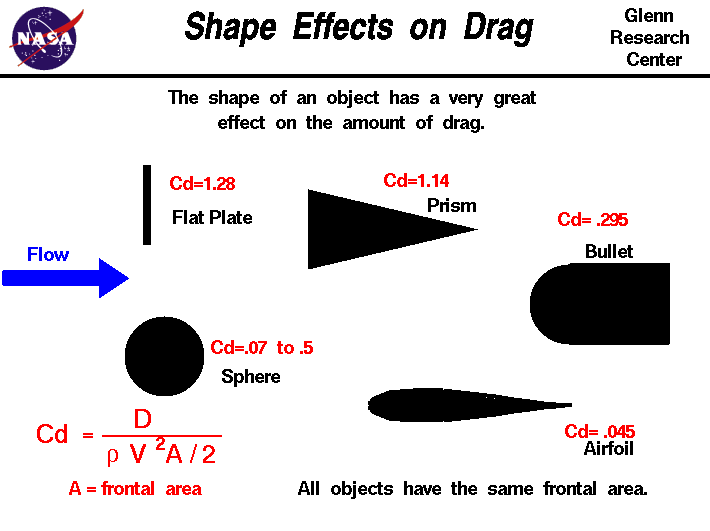Quote:
Originally Posted by DaveBirkenstock

Hi everyone... it's great to see a spirited discussion of this phenomenon, thank you for the interest.
The one thing not clearly identified on that blimp image is the suction inlet, just upstream of the concave tailcone. By adding energy in the form of suction, the mechanism can generate what Fabio Goldschmied called "fuselage self-propulsion."
Goldschmied proved a significant reduction in total power used for streamlined bodies (his baseline body was the rigid blimp, USS Akron) by exploiting pressure thrust.
As you know, separated airflow drag over the rear of a car makes things much worse than a streamlined blimp shape, but you might be interested in the computed drag coefficients from a CFD run I had done:
 The vehicle was a generic sedan and the Cd numbers are as shown. The geometry was not best-case though, the intake area was too small and the concave stagnation zone is too big. When the whole car is optimized, the Cd number should go below 0.1
The vehicle was a generic sedan and the Cd numbers are as shown. The geometry was not best-case though, the intake area was too small and the concave stagnation zone is too big. When the whole car is optimized, the Cd number should go below 0.1 |
But just building an airfoil can yield a Cd of .05 or less...
So where is the benefit to what you claim?
Shape Effects on Drag

__________________
"¿ʞɐǝɹɟ ɐ ǝɹ,noʎ uǝɥʍ 'ʇı ʇ,usı 'ʎlǝuol s,ʇı"
